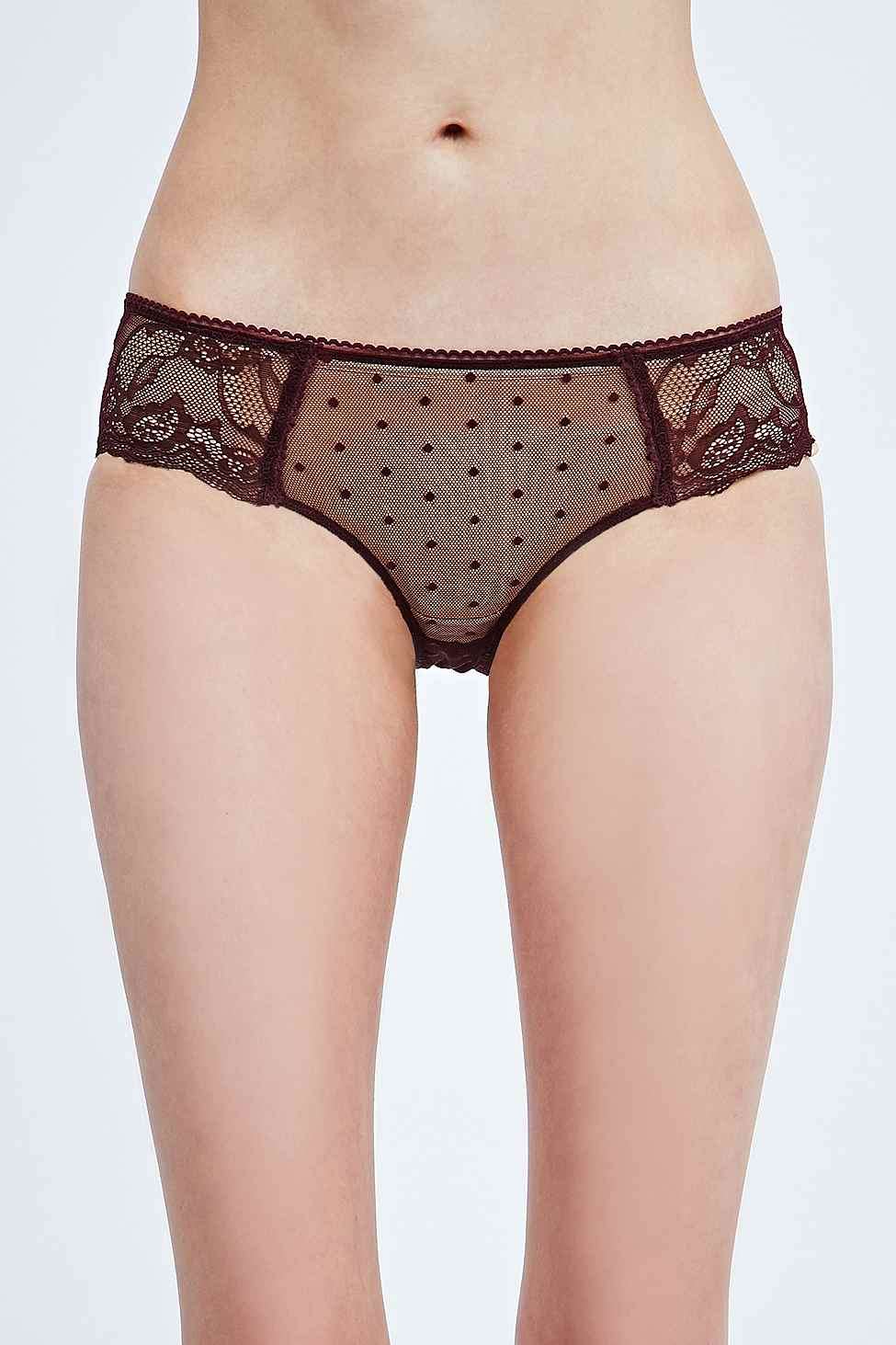British Censors Mind the Thigh Gap

"The UK Just Took a Bold Stand Against Unfair Beauty Standards the US Never Would," reports millennial news site Mic. As you might imagine, Mic author Maureen Shaw and I disagree on whether the latter is a good or bad thing. The "bold stand" taken by British officials was ordering retailer Urban Outfitters to remove a photo from its website because of too much space between the model's thighs.
Colloquially, this is known as "thigh gap", something (or its absence, really) that has been the envy of Tumblr anorexics, scourge of body-image crusaders, and subject of ample beauty-blogger think pieces over the past few years. The British Advertising Standards Authority (ASA) apparently felt this Urban Outfitter model's thigh gap was too large.
In a December 31 ruling, the agency decreed that "the ad must not appear again in its current form" and Urban Outfitters must "ensure that the images in their ads were responsibly prepared." The agency was responding to a complainant "who believed that the model in the picture was unhealthily thin" and the ad "irresponsible and harmful." In upholding this complaint,
The ASA considered that the model was very thin, and noted, in particular, that there was a significant gap between the model's thighs, and that her thighs and knees were a similar width. We considered that the model looked underweight in the picture. We understood that Urban Outfitters' target market was young people and considered that using a noticeably underweight model was likely to impress upon that audience that the image was representative of the people who might wear Urban Outfitters' clothing, and as being something to aspire to. We therefore concluded that the ad was irresponsible. The ad breached CAP Code (Edition 12) rule 1.3 (Responsible advertising).
In a response, Urban Outfitters suggested that the model was "naturally tall and slim", not unhealthy, noting that she had appeared in many other ads and had a 23.5-inch waist. Mic's Shaw—who applauds the ASA's decision and writes that "the U.S. needs to follow the U.K.'s lead"—scoffs that "Urban Outfitters may consider a 23.5-inch waist normal," but "the U.K.'s National Health Service cites a healthy waistline as one up to 31.5 inches."
While that may be true, it's also perfectly possible to be healthy with a 23-inch waist; and while weight and waistline are obviously related, waist size is also partially a product of body shape and bone structure. The same is true for thigh gap. Some girls and women are built in such a way that even when very thin, they won't have much thigh gap; others would have to put on an unhealthy amount of weight not to have one.
Thus shows the inanity of trying to regulate such a thing as thigh gap. In general, trying to manipulate beauty standards through censorship seems like a waste of government time and an infringement on free expression and commercial enterprise. But even if we would grant that policing underwear-model body types was somehow defensible, this instance illustrates how it would fail as a practical matter. Enforcing "healthy" body type depiction will necessarily be random, subjective, and dependent on current cultural whims.
Recently thigh gap and its detractors have been having a moment—and hence models with thigh gap draw the ASA's ire. But significant thigh gap is no more or less suggestive of an unhealthy body weight, or promoting of "unreal" beauty standards, than things like prominent hipbones, breast implants, or good lighting.
And for people whose goal is ostensibly making women feel okay about being individuals with all sorts of body types, it seems rather counterintuitive and insulting to say that women naturally prone to thigh gap are freaks who must be banned from our view, no? Like the "real women have curves" campaign, what purports to be a pro-woman message only continues to emphasize which body attributes are more socially acceptable than others.


Show Comments (259)